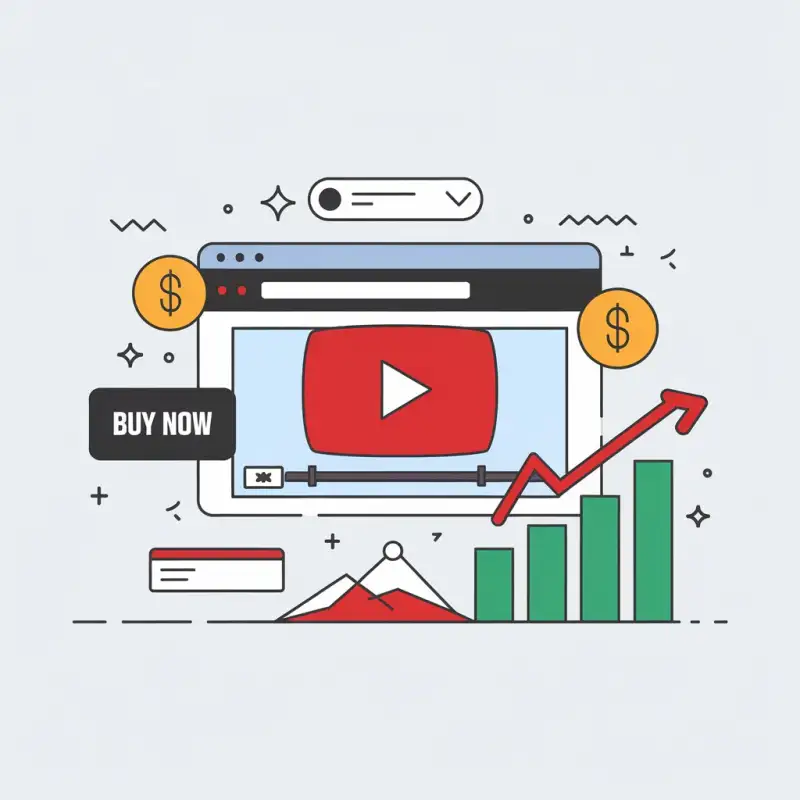The Comprehensive Google Ads Optimization Checklist: Boost Your Campaigns - NSK MultiServices
Google Ads, formerly known as Google AdWords, is a powerful platform for driving targeted traffic and achieving your marketing goals. However, to extract the maximum value from your ad campaigns, regular optimization is crucial. In this blog, we’ve compiled a comprehensive Google Ads optimization checklist to help you fine-tune your campaigns and maximize your ROI.
Keyword Optimization
- Keyword Research: Continuously expand your keyword list based on search trends and relevancy.
- Negative Keywords: Regularly review and add negative keywords to filter out irrelevant traffic.
- Match Types: Optimize match types (broad, phrase, exact) to control the level of targeting.
- Keyword Bids: Adjust keyword bids to ensure a balance between visibility and cost-effectiveness.
Ad Copy and Creative
- Ad Relevance: Ensure ad copy is closely aligned with keywords to improve Quality Score.
- A/B Testing: Regularly test ad variations to identify high-performing creatives.
- Extensions: Utilize ad extensions (sitelinks, callouts, etc.) to provide additional information and improve CTR.
Landing Page Optimization
- Relevance: Ensure landing pages align with ad messaging for a seamless user experience.
- Loading Speed: Optimize landing page load times for better user engagement.
- Mobile Optimization: Ensure landing pages are mobile-responsive and user-friendly.
- Clear CTAs: Use compelling and clear calls to action (CTAs) to guide users.
Conversion Tracking
- Set Up Goals: Define and track meaningful conversion goals, such as form submissions or product purchases.
- Conversion Tracking Code: Ensure conversion tracking code is correctly implemented.
Bid Management
- Automated Bidding: Consider using Google’s automated bidding strategies for efficiency.
- Bid Adjustments: Adjust bids based on device, location, and time of day for better targeting.
- Budget Allocation: Review budget allocation among campaigns to focus on high-performing areas.
Quality Score Improvement
- Keyword Relevance: Improve Quality Score by refining keyword relevance.
- Ad Relevance: Align ad copy with keywords to boost Quality Score.
- Landing Page Experience: Enhance landing page quality and loading speed.
Ad Schedule Review
- Analyze Performance: Review performance data to determine the best times and days to run ads.
- Bid Adjustments: Make bid adjustments based on ad schedule data.
Geographic Targeting
- Geographic Performance: Analyze performance by location and adjust targeting accordingly.
- Location Bid Modifiers: Modify bids for specific locations to optimize ROI.
Ad Placement
- Display Network: Review performance on the Display Network and adjust targeting options.
- Ad Placements: Monitor automatic placements and exclude irrelevant sites.
Ad Extensions
- Review Extensions: Regularly review and update ad extensions for relevance and accuracy.
- Utilize All Extensions: Take advantage of all available extensions for maximum ad real estate.
Negative Keywords
- Search Query Report: Analyze search query reports to identify and add negative keywords.
- Regular Review: Continuously refine your negative keyword list to prevent irrelevant clicks.
Ad Testing
- Ad Rotation: Rotate ads evenly for A/B testing to identify top performers.
- Ad Copy Testing: Test headlines, descriptions, and CTAs for improved click-through rates.
Monitoring and Reporting
- Regular Checks: Continuously monitor campaign performance for anomalies.
- Reporting: Set up regular reporting to track KPIs and make data-driven decisions.
Conclusion
Optimizing your Google Ads campaigns is an ongoing process that requires attention to detail and a commitment to improvement. By following this comprehensive Google Ads optimization checklist and regularly reviewing and fine-tuning your campaigns, you can boost your ad performance, increase ROI, and stay ahead of the competition in the ever-evolving digital advertising landscape.
About
Nandeshwar
Nandeshwar is a versatile professional skilled in digital marketing and App/Web development. With 5 years of experience and a Diploma in Computer Engineering, they excel in crafting effective marketing strategies and building dynamic websites. Specializing in content marketing, they drive results for clients while creating visually stunning websites using WordPress, Laravel, PHP and Flutter. Beyond work, they stay updated on industry trends and enjoy sharing insights.



